The 80/20 Rule Works Because It’s Brutal
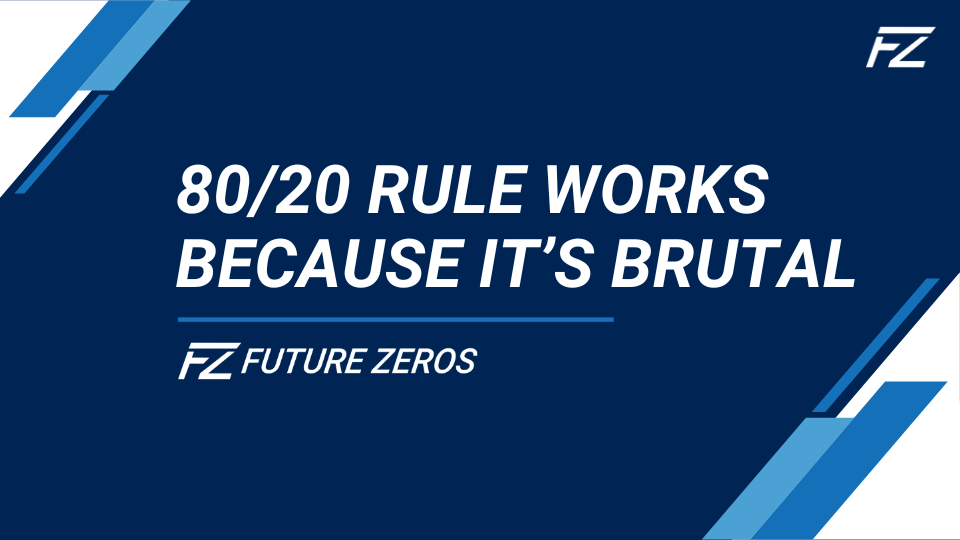
How are you applying the 80/20 rule? What does it really mean when you look at it from a revenue lens vs. a profit/EBITDA lens? The 80/20 rule is dramatically different based on how you use it and that’s what makes it so brutal and so useful. In this episode of Future Zeros, we’ll dive deeper into client segmentation and how it impacts the bottom-line profit of your practice.
You cannot have a legitimate discussion about tacking zeros onto the valuation of your practice if you have not dealt with client segmentation. And that's not just the segmentation of the revenue that those clients bring in and groupings from top down to bottom, but more specifically, the expense burden that then goes along with the services provided based upon what level of client they are. This is unbelievably important, and you really have to dive into it. It's about minimizing risk in your practice and maximizing growth. And in order to do that, you have to start with the Pareto Principle discussion. Now if you're not familiar with that terminology, you probably know it better as the 80/20 rule. Now the 80/20 rule is unbelievably powerful, and in ways that most people just kind of jet past. They assume they understand what the 80/20 rule means, and they go past the most important part of it.
So there was a great article from Forbes Magazine back in 2022 and it was titled, "The 80/20 Rule is Brutal. That's Why It Works". That's a pretty powerful statement. And it's a pretty accurate statement. But it's interesting, because what the 80/20 rule is really about is understanding the differences between revenue and profits. So at the revenue side of the equation, the 80/20 rule is probably what you already know - that 20% of your clients drive 80% of the revenue. Now, if you peel that back one more layer what you'll find is the next 30% of your clients. So the first grouping after the top 20, the next 30% of the clients generate, on average, 16% of the revenue. So that's the top half of your book of business. The bottom half of your clients, or the bottom half of your book of business, drives therefore only 4% of your overall revenue.
So here comes the crux in the matter. If you have not gone through client segmentation processes (which we do a tremendous amount of work in that area here at USA Financial if you need assistance there) - when we go from revenue over to profits, if you are treating all clients the same, the average business then would find that the top 20% of their clients are driving 150% of their profits. Let that sink in for a minute. We're not talking about revenue. We're talking about profits, bottom line, EBITDA. The top 20% of your clients are driving 150% of your profits, which means the bottom 80% of your clients are sucking you back down to 100% of your profits. Therefore, the top 20% of your clients are essentially underwriting the experience and the services for the bottom 80%. Now imagine if those clients knew that - you'd probably have a problem on your hands. But now that you know that you have an even bigger problem, because you're giving away profits. You need to identify and subset and segment those clientele and coordinate that over against the services and the experience provided so that they line up appropriately. Each subset of your client base should stand on its own two legs from a profitability standpoint. And if that's the case, now the top 20% becomes ultra profitable. But that profit comes all the way down because the bottom 80% is now not sucking away 50% of the profits. It's actually, even if it just breaks even, now you're at a 50% gain overall. So, it's a really powerful concept. The difference is understanding the revenue portion of the 80/20 rule and contrasting it against the profit portion, or the EBITDA portion, of the 80/20 rule. We embrace this. We coach to it. We mentor to it. We'll help you get there if you don't know how.
--
Future Zeros is a series for financial advisors who want to increase the value of their firm today and in the future. Your host, Mike Walters (CEO of USA Financial), digs into the nuances of mergers, acquisitions, and succession within the financial advice industry to help you add “future zeros” to your bottom line. Whether you are nearing an exit, just entering the business, or in the middle of building your practice, the Future Zeros series will provide thoughtful insights into how to grow your practice the right way in order to maximize your future value and minimize the risk associated with doing so.
Author Info
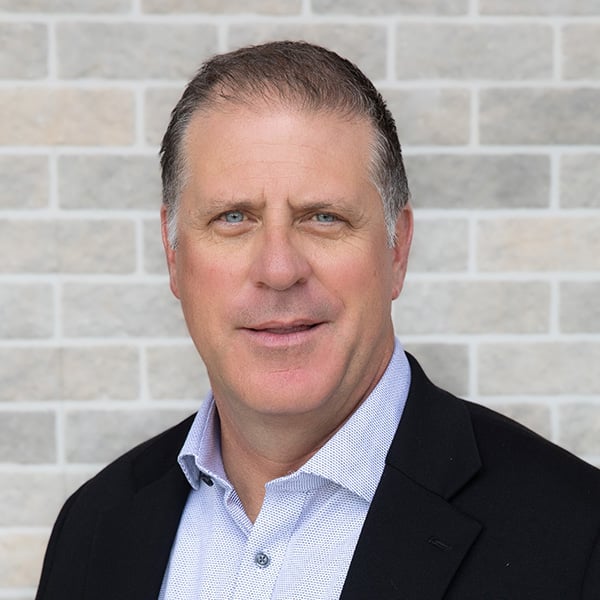
Mike Walters is the Chief Executive Officer (CEO) of USA Financial, leading the firm since its inception in 1988. Mike is committed to...
Related Posts
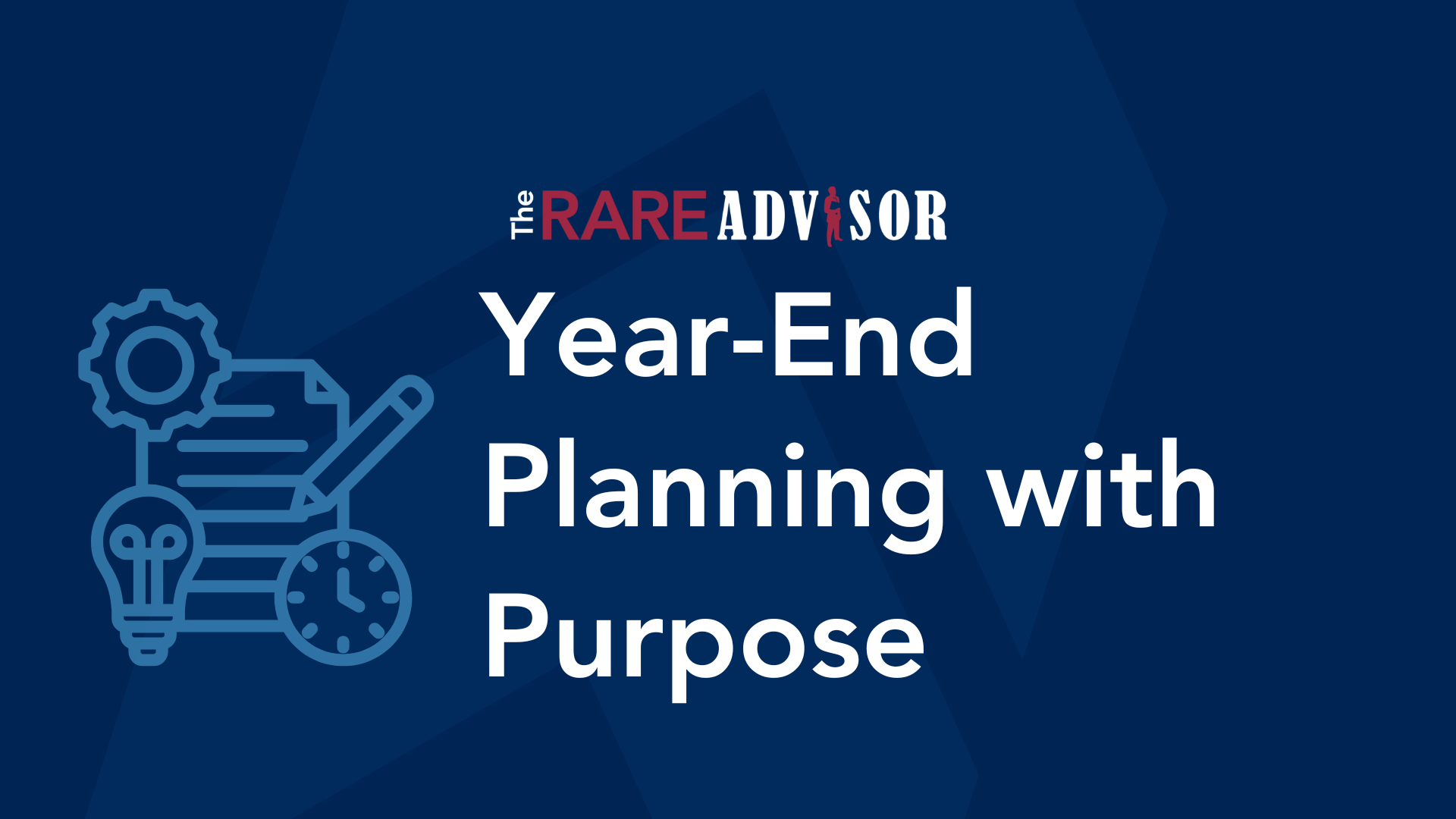
Year-End Planning with Purpose: Becoming the Advisor of the Future
In this episode of The RARE Advisor, Aaron Grady and Duncan MacPherson explore how financial advisors can approach year-end planning with intention and purpose. Rather than focusing solely on metrics and spreadsheets, they discuss the importance of aligning your “why” with your process and practice. Drawing on Japanese philosophies like Ikigai, Kaizen, Kintsugi, and Wabi Sabi, they share insights on creating a more meaningful, resilient, and sustainable business. Learn how embracing continuous improvement, authenticity, and technology can help you become the advisor of the future.
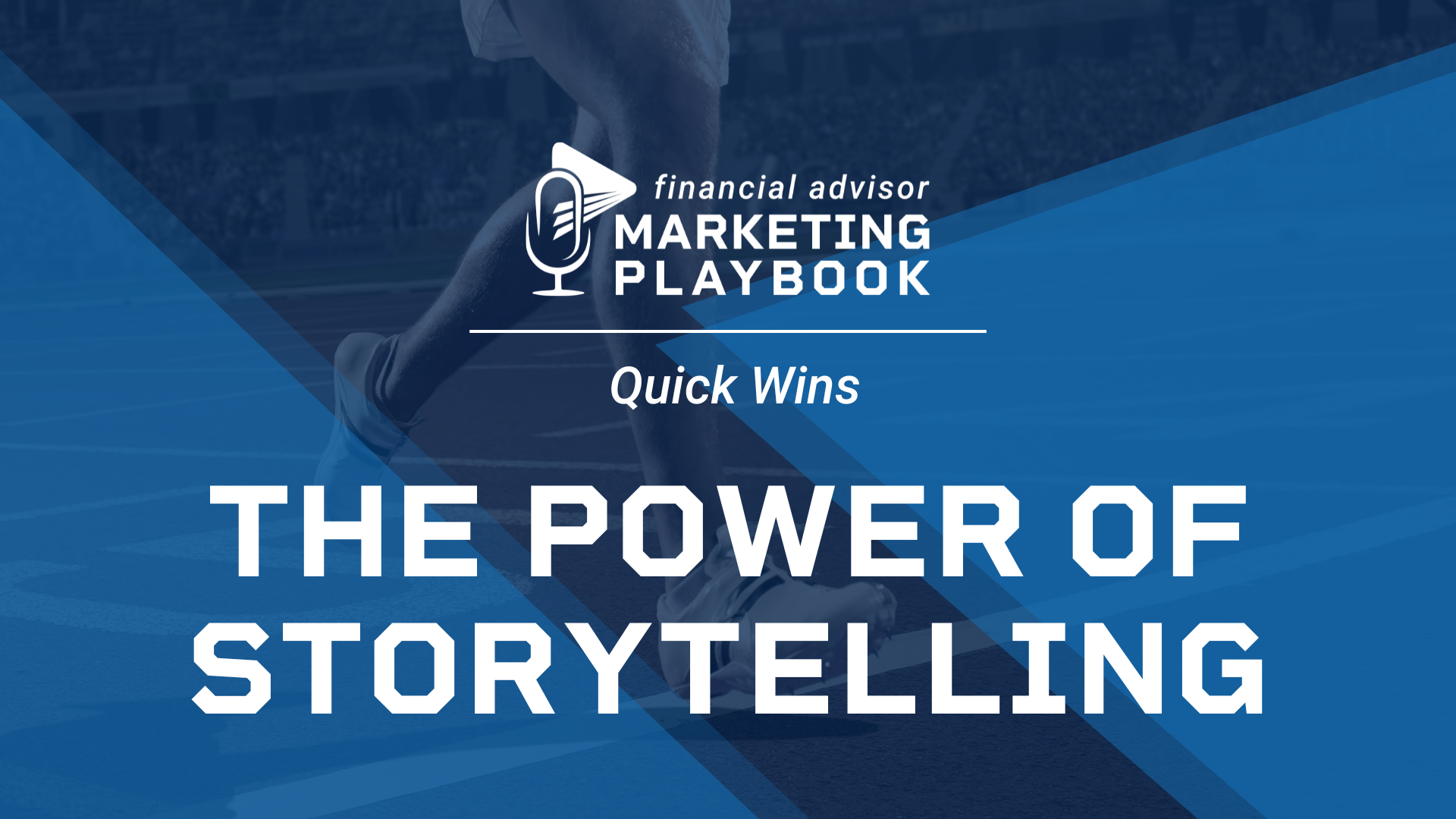
The Power of Storytelling: 3 Essential Stories Every Financial Advisor Needs
In this episode of Financial Advisor Marketing Playbook, Mark Mersman reveals how storytelling can transform your marketing and client relationships. Learn the three foundational stories every advisor needs: your origin story to build trust, your client transformation story to demonstrate results and empathy, and your philosophy story to define your beliefs and differentiate your brand. Discover practical tips for crafting these narratives and integrating them into your website, meetings, and marketing strategy.
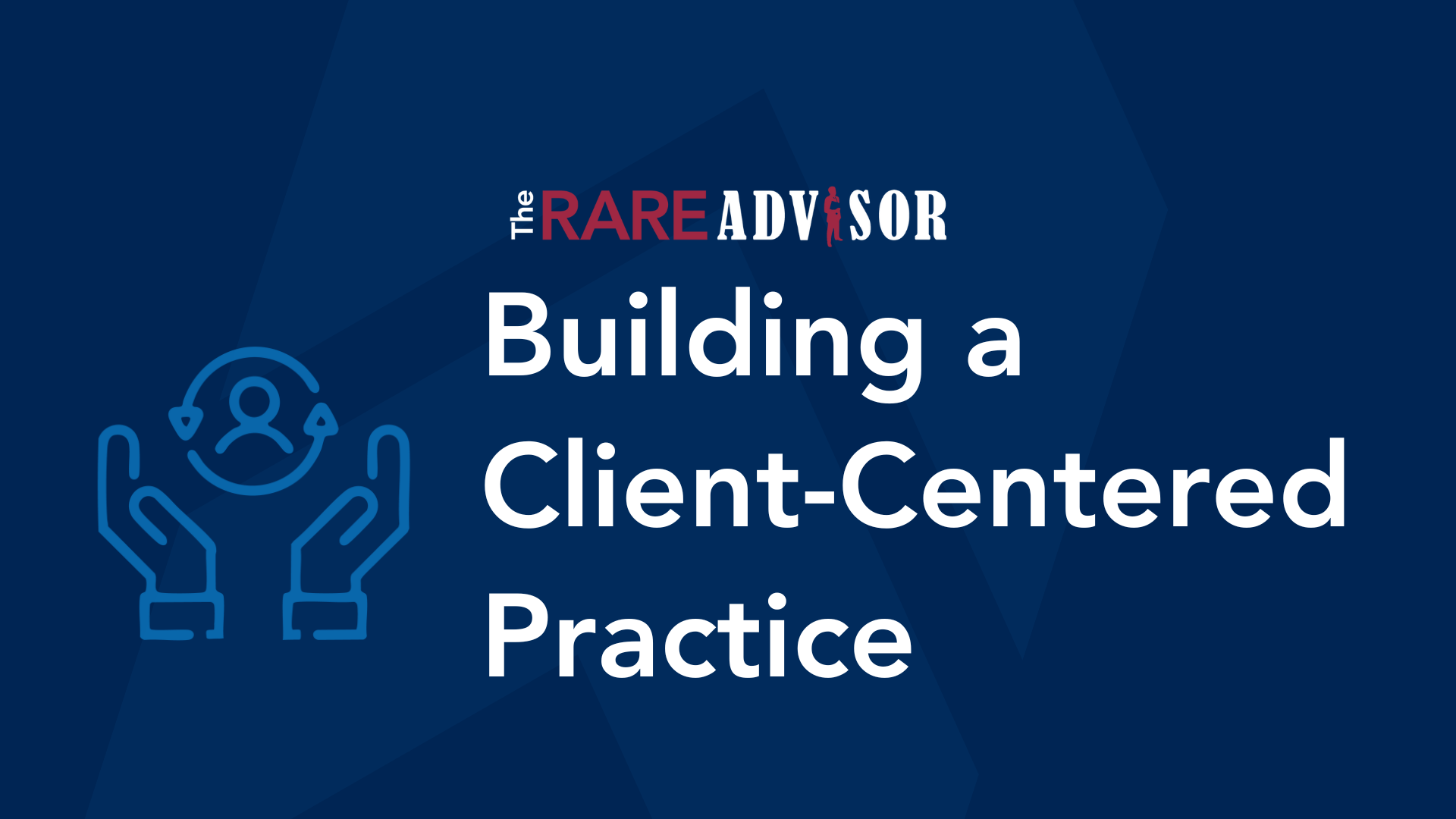
Building a Client-Centered Practice: Insights from Duncan MacPherson & Pareto Systems
In this episode of the Rare Advisor, host Aaron Grady sits down with Duncan MacPherson of Pareto Systems to unpack the “Always On” client experience from The Blue Square Method—showing financial advisors how to move from personality-driven to process-driven, scalable firms. You’ll learn the four quadrants (Onside, Onboard, Ongoing, Onward), why a documented fit process and onboarding sequence create professional contrast, how the 12-4-2 service model competitor-proofs relationships, and why systematizing moments of truth builds advocacy and referrals. We cover turning know-how into intellectual property (playbooks/SOPs), becoming “fee-worthy” and referable, leveraging the Pareto principle for AAA clients, and shifting from B2C to B2B growth.

Year-End Planning with Purpose: Becoming the Advisor of the Future
In this episode of The RARE Advisor, Aaron Grady and Duncan MacPherson explore how financial advisors can approach year-end planning with intention and purpose. Rather than focusing solely on metrics and spreadsheets, they discuss the importance of aligning your “why” with your process and practice. Drawing on Japanese philosophies like Ikigai, Kaizen, Kintsugi, and Wabi Sabi, they share insights on creating a more meaningful, resilient, and sustainable business. Learn how embracing continuous improvement, authenticity, and technology can help you become the advisor of the future.

The Power of Storytelling: 3 Essential Stories Every Financial Advisor Needs
In this episode of Financial Advisor Marketing Playbook, Mark Mersman reveals how storytelling can transform your marketing and client relationships. Learn the three foundational stories every advisor needs: your origin story to build trust, your client transformation story to demonstrate results and empathy, and your philosophy story to define your beliefs and differentiate your brand. Discover practical tips for crafting these narratives and integrating them into your website, meetings, and marketing strategy.

Building a Client-Centered Practice: Insights from Duncan MacPherson & Pareto Systems
In this episode of the Rare Advisor, host Aaron Grady sits down with Duncan MacPherson of Pareto Systems to unpack the “Always On” client experience from The Blue Square Method—showing financial advisors how to move from personality-driven to process-driven, scalable firms. You’ll learn the four quadrants (Onside, Onboard, Ongoing, Onward), why a documented fit process and onboarding sequence create professional contrast, how the 12-4-2 service model competitor-proofs relationships, and why systematizing moments of truth builds advocacy and referrals. We cover turning know-how into intellectual property (playbooks/SOPs), becoming “fee-worthy” and referable, leveraging the Pareto principle for AAA clients, and shifting from B2C to B2B growth.

